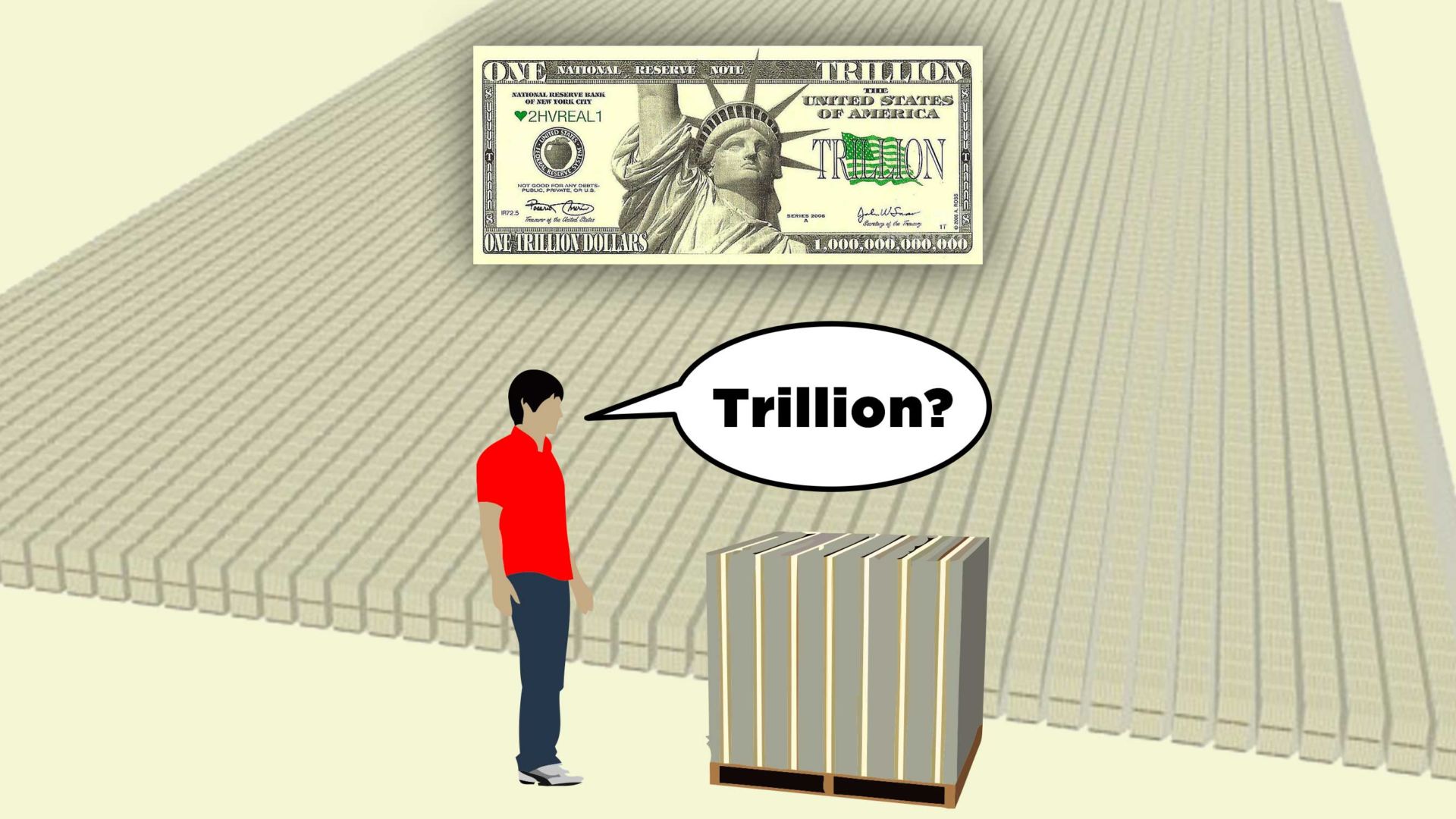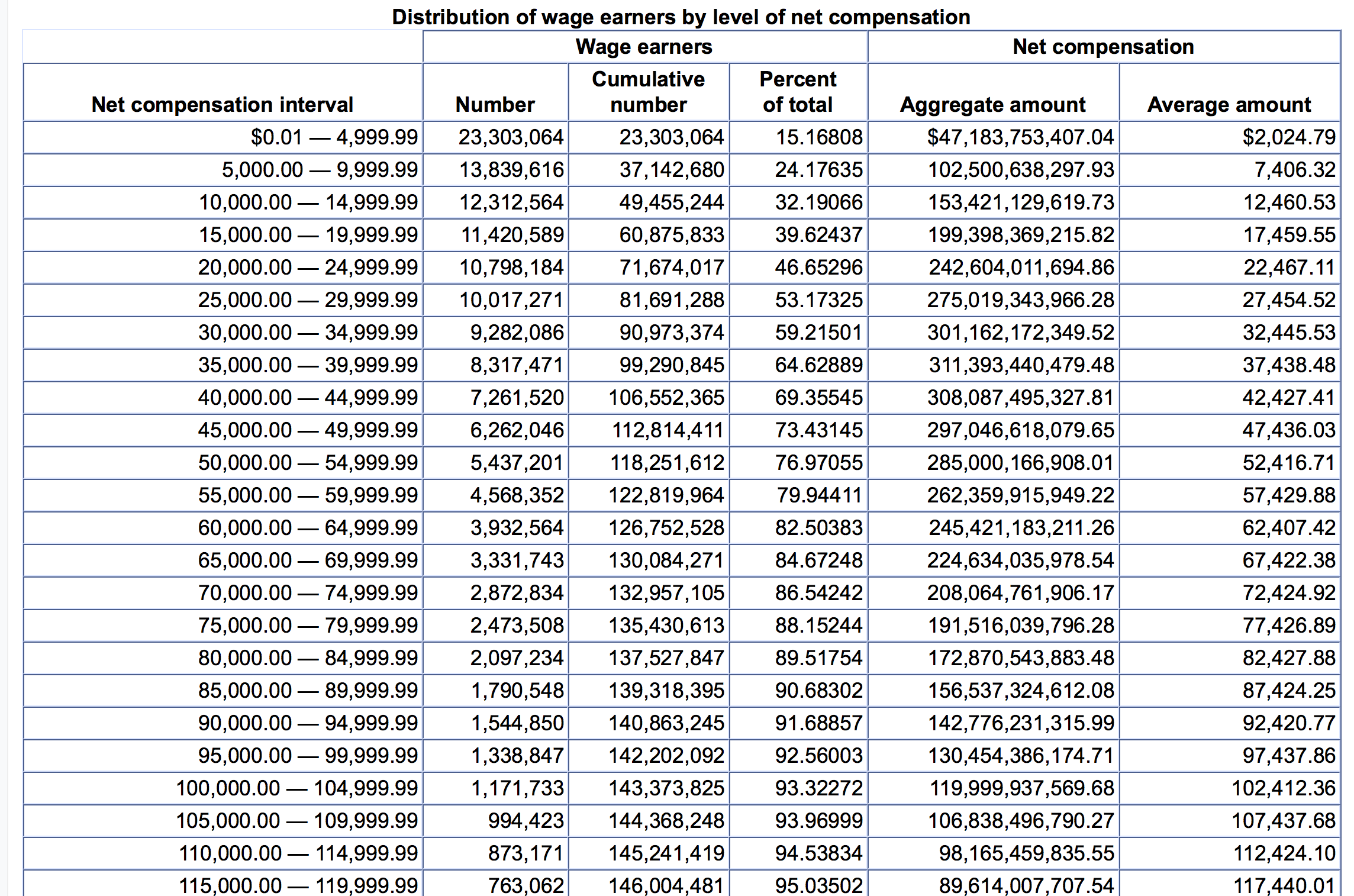What Number Comes After Trillion? Let’s Break It Down
Have you ever wondered what number comes after trillion? It’s one of those questions that pops up when you’re deep in thought or maybe just trying to impress your friends at a dinner party. The concept of numbers beyond trillion can feel overwhelming, but don’t worry, we’ve got you covered. In this article, we’ll dive deep into the world of large numbers, explore their significance, and answer the burning question: what comes after trillion?
You might think that numbers beyond trillion are only relevant to scientists, mathematicians, or maybe billionaires. But trust me, understanding these numbers can help you grasp the scale of things like national debts, astronomical distances, or even the size of the universe. So, buckle up because we’re about to embark on a numerical journey that will blow your mind.
Before we dive into the specifics, let’s set the stage. Numbers like million, billion, and trillion are part of our everyday vocabulary, but what happens when we go beyond them? Is there a limit to how big numbers can get? Spoiler alert: the answer is no. So, let’s unravel the mystery of what number comes after trillion and why it matters.
- Experience The Ultimate Pizza Delight At Dominos Batesville Ms
- Discovering Mia Kink Dd A Journey Of Authenticity And Creativity
Understanding the Basics: What is a Trillion Anyway?
To fully appreciate what comes after trillion, we need to first understand what a trillion actually is. A trillion is a 1 followed by 12 zeros, or 1,000,000,000,000. That’s a lot of zeros, right? But here’s the thing: while a trillion sounds like a massive number, it’s just the beginning of a much larger scale.
In the real world, trillions are used to describe things like the global economy, the size of the universe, or even the number of stars in the galaxy. For example, the United States’ national debt is often measured in trillions of dollars. So, if you’re already familiar with trillions, you’re probably wondering: what’s next?
Why Knowing What Comes After Trillion Matters
Understanding large numbers isn’t just about impressing people at parties. It’s about being able to comprehend the scale of the world around us. For instance, astronomers use these numbers to measure distances in space, economists use them to calculate global wealth, and scientists use them to explain the complexity of the universe.
- Crains Detroit Business A Cornerstone Of Detroits Economic Landscape
- Maximizing Your Travel Experience With Alaska Air Status
Think about it this way: if you were to count from one to a trillion, it would take you roughly 31,709 years. Now, imagine trying to count to the next number in line. It’s mind-blowing, isn’t it? But don’t worry, we’ll break it down for you so it’s easier to digest.
What Number Comes After Trillion? It’s Quadrillion
Alright, here’s the answer you’ve been waiting for: the number that comes after trillion is quadrillion. A quadrillion is a 1 followed by 15 zeros, or 1,000,000,000,000,000. That’s three more zeros than a trillion. While quadrillions might sound like a made-up number, they’re actually used in real-world applications.
For example, the human body contains approximately 37.2 quadrillion cells. That’s right—your body is made up of quadrillions of tiny building blocks. And if you’ve ever wondered how many grains of sand are on Earth, scientists estimate that number to be around 7.5 quintillion, which we’ll get to in a bit.
How to Visualize Quadrillion
Visualizing a quadrillion can be tricky, but here’s a fun way to think about it. Imagine stacking one-dollar bills until you reach a quadrillion dollars. That stack would be so tall that it would stretch beyond the moon! Now, that’s what I call a big number.
Another way to think about it is in terms of time. If you were to count to a quadrillion at a rate of one number per second, it would take you over 31 million years. So, the next time you hear someone say “a quadrillion,” you’ll know just how massive that number really is.
Breaking Down the Scale: From Million to Quadrillion
Let’s take a moment to appreciate the scale of numbers leading up to quadrillion. Here’s a quick breakdown:
- Million: 1,000,000 (6 zeros)
- Billion: 1,000,000,000 (9 zeros)
- Trillion: 1,000,000,000,000 (12 zeros)
- Quadrillion: 1,000,000,000,000,000 (15 zeros)
As you can see, each step up the ladder adds three more zeros. This pattern continues as we move further into the realm of large numbers. But wait, there’s more!
Fun Facts About Large Numbers
Did you know that the largest named number is a googolplex? A googolplex is a 1 followed by a googol of zeros. To put that into perspective, a googol is already a massive number—1 followed by 100 zeros. But a googolplex? That’s so big that it’s almost impossible to comprehend.
Here’s another fun fact: the number of atoms in the observable universe is estimated to be around 10^80, or a 1 followed by 80 zeros. That’s smaller than a googol, but still mind-bogglingly large.
What Comes After Quadrillion? Quintillion, Sextillion, and Beyond
So, we’ve established that quadrillion comes after trillion, but what happens next? Well, the pattern continues with quintillion, sextillion, septillion, and so on. Here’s a quick rundown:
- Quintillion: 1,000,000,000,000,000,000 (18 zeros)
- Sextillion: 1,000,000,000,000,000,000,000 (21 zeros)
- Septillion: 1,000,000,000,000,000,000,000,000 (24 zeros)
As you can see, the numbers keep getting bigger, and the zeros keep piling up. But what’s the practical use of these numbers? Well, scientists and mathematicians use them to describe everything from the number of stars in the universe to the size of the economy.
Real-World Applications of Large Numbers
Large numbers might seem abstract, but they have real-world applications. For example, astronomers use sextillions to describe the number of stars in the Milky Way galaxy. Economists use quadrillions to measure global GDP. And physicists use septillions to explain the number of particles in the universe.
Here’s a fun example: the number of possible chess moves is estimated to be around 10^120, or a 1 followed by 120 zeros. That’s a number so big that it makes a googol look tiny in comparison.
How Are These Numbers Used in Everyday Life?
While numbers like quadrillion and quintillion might seem far removed from everyday life, they actually play a bigger role than you might think. For example, if you’ve ever looked at a government budget or read about the national debt, you’ve probably seen numbers in the trillions or even quadrillions.
Here’s another example: if you’ve ever wondered how many emails are sent every day, the answer is around 306.4 billion. That’s not quite a quadrillion, but it’s still a staggering number. And if you’ve ever tried to calculate the number of possible combinations in a deck of cards, you’ll find that it’s around 8×10^67, or a number with 68 digits.
Why Should You Care About Large Numbers?
Understanding large numbers isn’t just about impressing your friends or acing a math test. It’s about being able to comprehend the world around us. From the size of the universe to the complexity of the human brain, large numbers help us make sense of things that are otherwise incomprehensible.
For example, if you’ve ever wondered how many possible outcomes there are in a game of chess, the answer is around 10^120. That’s a number so big that it makes a googol look tiny in comparison. And if you’ve ever tried to calculate the number of possible combinations in a deck of cards, you’ll find that it’s around 8×10^67, or a number with 68 digits.
Common Misconceptions About Large Numbers
There are a lot of misconceptions about large numbers, especially when it comes to things like trillions and quadrillions. For example, some people think that a trillion is the biggest number, but as we’ve seen, that’s not the case. Others think that numbers like googolplex are just made up, but they’re actually real and have practical applications.
Here’s another common misconception: people often think that a billion is the same as a trillion. But as we’ve seen, a billion is a 1 followed by 9 zeros, while a trillion is a 1 followed by 12 zeros. That’s a big difference!
How to Avoid Confusion When Talking About Large Numbers
One of the best ways to avoid confusion is to use scientific notation. For example, instead of writing out a quadrillion as 1,000,000,000,000,000, you can write it as 10^15. This makes it easier to compare numbers and understand their scale.
Another tip is to use analogies. For example, instead of saying “a quadrillion,” you can say “a stack of one-dollar bills that stretches beyond the moon.” This helps people visualize the number and understand its magnitude.
Conclusion: What Have We Learned?
So, what have we learned about what number comes after trillion? We’ve learned that the answer is quadrillion, a number with 15 zeros. We’ve also learned that large numbers like quadrillion, quintillion, and sextillion are used in real-world applications, from measuring the economy to describing the universe.
But here’s the most important takeaway: understanding large numbers helps us make sense of the world around us. Whether you’re trying to calculate the number of possible chess moves or just impressing your friends at a dinner party, knowing what comes after trillion is a valuable skill.
So, the next time someone asks you what number comes after trillion, you’ll be able to confidently say: “Quadrillion!” And if they ask what comes after that, you’ll be ready with quintillion, sextillion, and beyond.
Now it’s your turn! Leave a comment below and let us know what you think about large numbers. Do you have any fun facts to share? Or maybe you have a question about a specific number. Whatever it is, we’d love to hear from you!
Table of Contents
Understanding the Basics: What is a Trillion Anyway?
Why Knowing What Comes After Trillion Matters
What Number Comes After Trillion? It’s Quadrillion
Breaking Down the Scale: From Million to Quadrillion
What Comes After Quadrillion? Quintillion, Sextillion, and Beyond
Real-World Applications of Large Numbers
How Are These Numbers Used in Everyday Life?
Common Misconceptions About Large Numbers
How to Avoid Confusion When Talking About Large Numbers
Conclusion: What Have We Learned?



Detail Author:
- Name : Margarette Gerhold
- Username : anita49
- Email : wintheiser.hilton@gmail.com
- Birthdate : 1978-09-10
- Address : 8672 Muller Neck West Donatostad, LA 99944
- Phone : +1.234.433.7268
- Company : Altenwerth-McDermott
- Job : Machinery Maintenance
- Bio : Sint in et sint quae aut et asperiores. Et eveniet nihil inventore quo aut deleniti. Iste quo aut odio ullam. Molestias eos atque quia nemo iste molestias fuga.
Socials
twitter:
- url : https://twitter.com/mya_johnston
- username : mya_johnston
- bio : At aliquid tempore quaerat voluptatum accusamus ratione sed. Nostrum laborum quae numquam dolore. Sunt omnis harum temporibus laboriosam velit.
- followers : 2268
- following : 2279
tiktok:
- url : https://tiktok.com/@myajohnston
- username : myajohnston
- bio : Saepe ratione ut rem ut accusamus ducimus aspernatur. Quo eos non quis labore.
- followers : 4014
- following : 584
facebook:
- url : https://facebook.com/mya_johnston
- username : mya_johnston
- bio : Sint accusamus ut non optio dolorum vero.
- followers : 6343
- following : 233